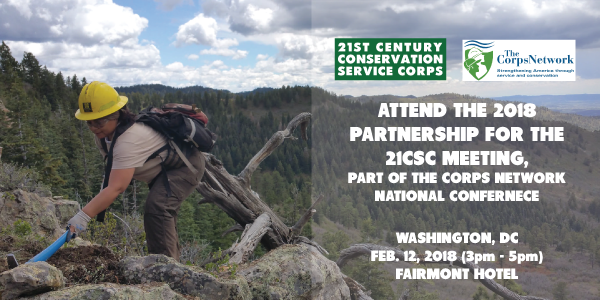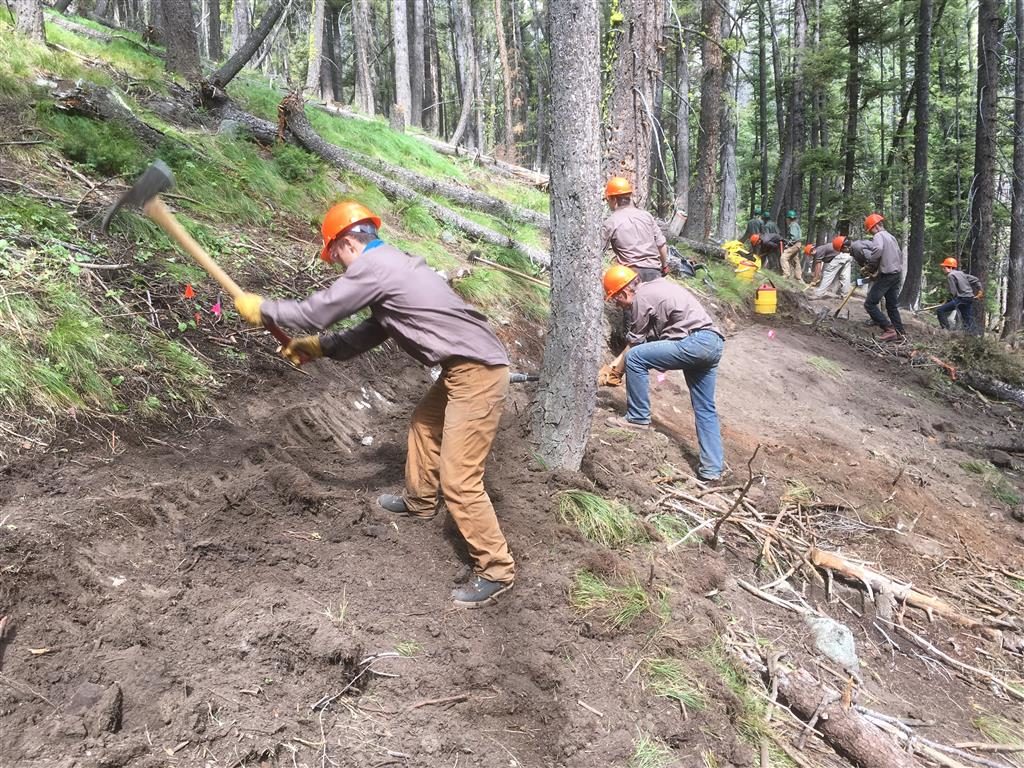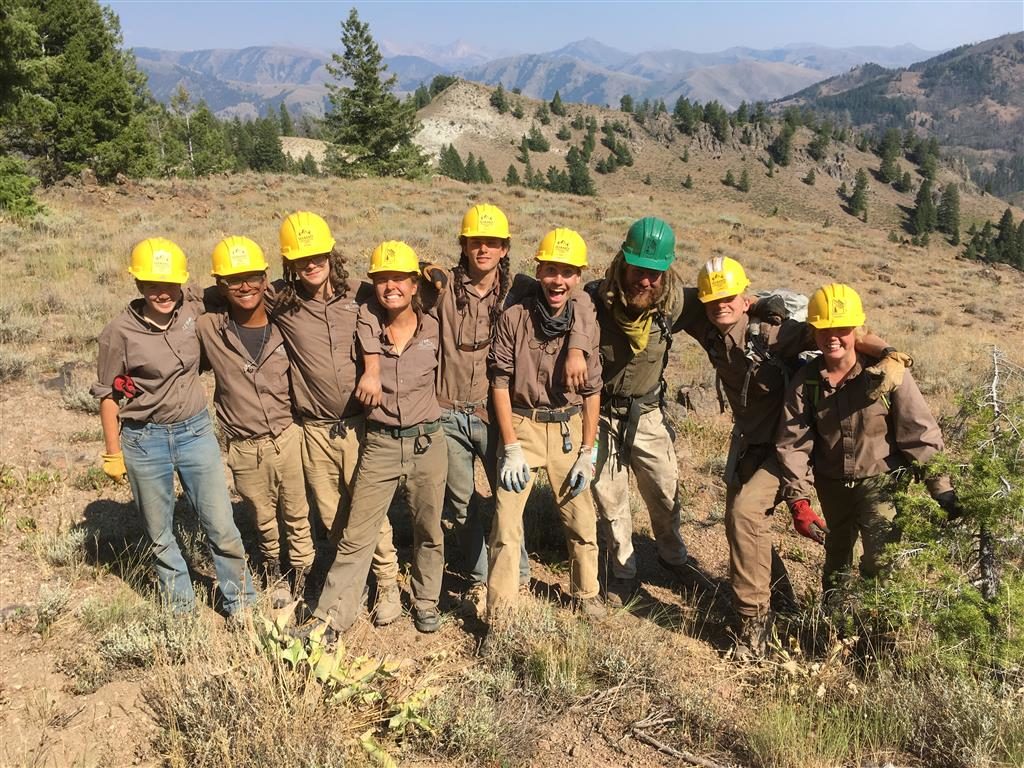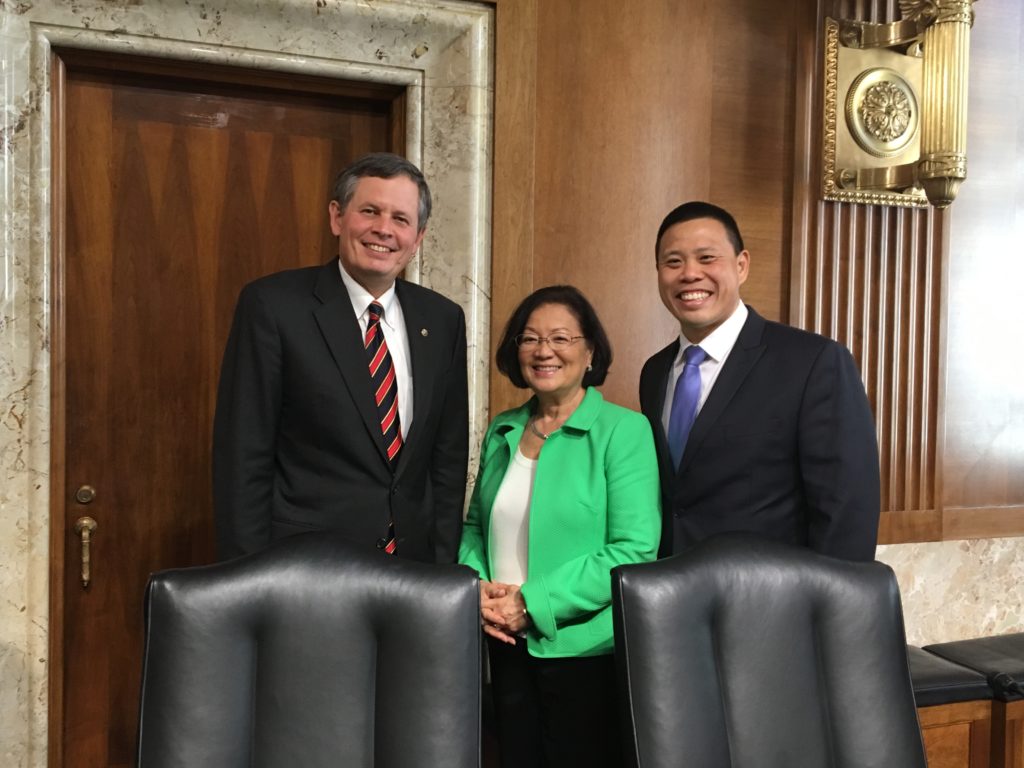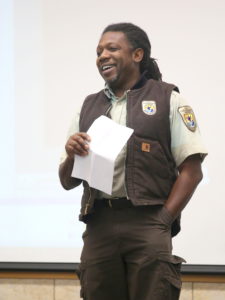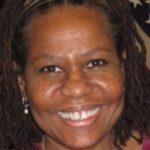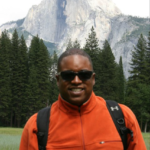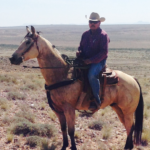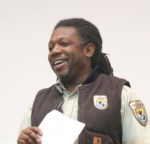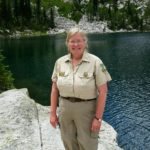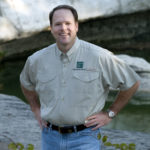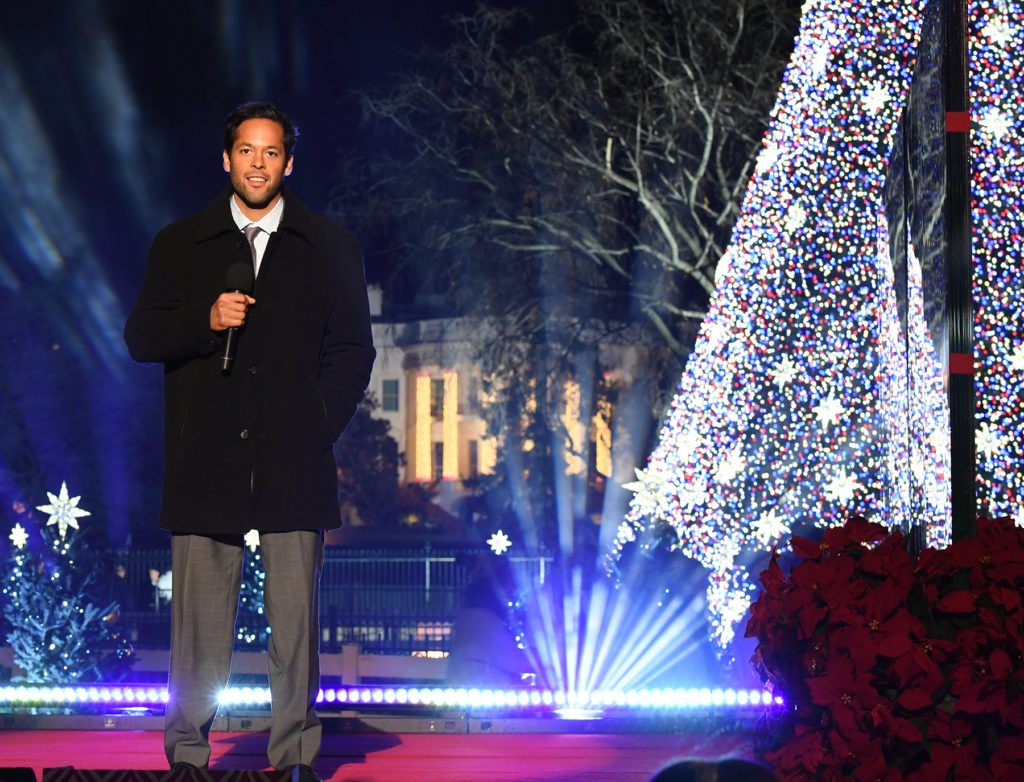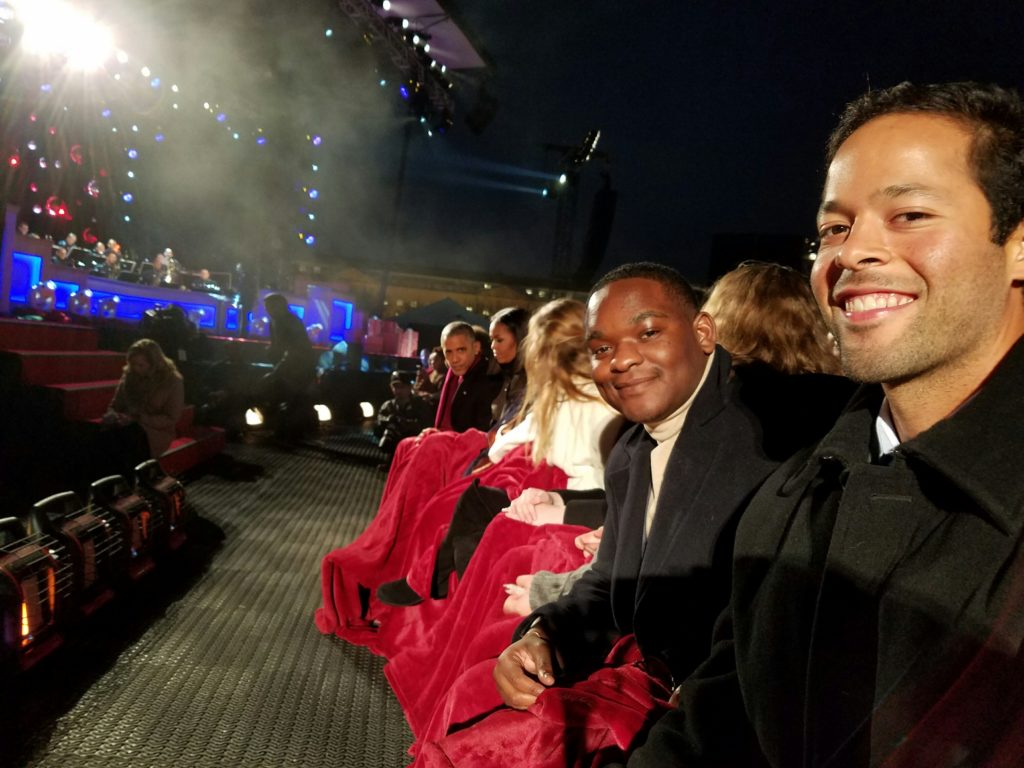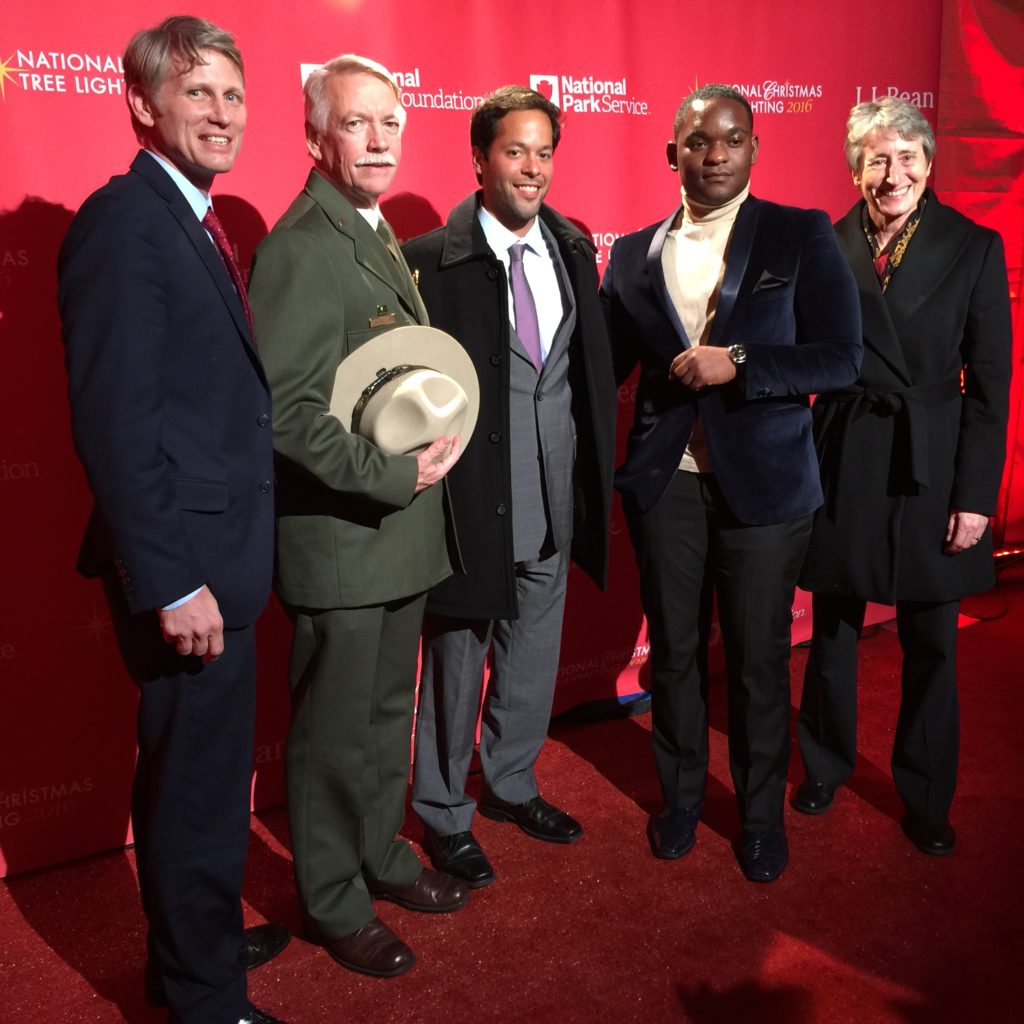Q and A with Craig Young: 2019 Champion of the Year

Craig Young is a Terrestrial Program Leader with the National Park Service. Craig is a 21CSC Champion of the Year for 2019. This Award recognizes individuals from agencies and organizations that partner with 21CSC programs to help engage the next generation of conservation and community leaders in service, education and training.
The 2019 Champions of the Year will be recognized at the annual Partnership for the 21CSC Meeting, happening February 11, 2019 in Washington, DC. This event is part of The Corps Network National Conference.
Learn more about Craig – Click here.
Learn more about the 21CSC Champion of the Year Award – Click here.
Tell us about your current role.
In my current role, I work with the National Park Service (NPS) as an ecologist and program leader. More specifically, I work for the Heartland Network, one of 32 inventory and monitoring networks within NPS. In this capacity, I lead a small team of excellent plant ecologists who monitor plant communities, wetlands, rare plants, and invasive plants across 15 national park units in the Midwestern U.S. I also manage a small, but energetic Exotic Plant Management Team. This team assists parks with designing, planning, and implementing invasive plant control and restoration projects in those same 15 parks.
Tell us a little bit about your background. How did you get started in conservation/land and water management?
Growing up on military bases as a child, I was always able to explore places with woods, rocks, water, and creatures. After writing to the U.S. Forest Service as a junior in high school (this is pre-internet!) to learn about forestry careers, I planned to study forestry. Finding myself at a Centre College, a liberal arts school in Kentucky, the most similar course of study was biology. So, biology it was. During this time, I was given amazing opportunities to work closely as a research assistant for Dr. Robin Kimmerer. That work allowed me to experience field work in the Adirondack Mountains and the Ecuadorean Andes. These experiences inspired me to want to learn more about, enjoy, and protect natural areas. Looking back, I also experienced the power that mentorship can have on a career path as well as a life more broadly. I continued my studies, pursuing bryophyte ecology under Kimmerer’s direction at SUNY-College of Environmental Science and Forestry where I completed a master’s degree in forest biology. That was the start.
Tell us about how you have engaged with Service and Conservation Corps.
My supervisor in the NPS, Mike DeBacker, and regional I&M/EPMT coordinator Carmen Thomson encouraged me to look at young adults organizations as partners for our EPMT work. We already had a history of working closely with numerous high quality individuals through American Conservation Experience and Student Conservation Association. In all of these cases, the interns immersed themselves in our work, contributed, and almost always found a natural next step in their career. One of my most important interactions with Service and Conservation Corps really started in 2010 through a partnership with the Iowa Conservation Corps (ICC). As this program was finding its feet as an extension of the legendary Minnesota program, we were also finding our feet as the Heartland Exotic Plant Management Team. Our team began to train with the Corps members and spend more face-to-face time with their leaders. Through this interaction, I began to understand the deep vision and care that they brought to young adult development. As a result, we have worked with ICC to broaden the range of stewardship activities and educational opportunities for Corps members. The equation of young adults + parks + stewardship = outcomes that are good for parks, good for the public, and formative in so many ways for the Corps members. This is the opportunity that working with Service and Conservation Corps has provided.
What advice would you offer to other employees from land/water management agencies and nonprofits that are interested in partnering with 21CSC programs (What to expect, etc.)?
My advice to land and water management agencies would be that an investment in partnership with the Service and Conservation Corps can actually be strategic. That is, Corps have strengths that federal agencies may not have. For example, Corps can amass large groups for a job that requires operational flexibility. On the other hand, federal land managers provide sites of unrivaled conservation value and a history of leadership in conservation. In my experience, forming a more strategic partnership has required commitment from federal and Corps leadership to openly discuss their vision and to grow that vision over time.
While I initially thought of the Iowa Conservation Corps more as a service provider that could provide natural resource graduates a first opportunity in the field, my view was limited. I now see Corps as able to form hard-working teams of young adults from many different educational and personal backgrounds. The experiences of working with land managers in national parks prepares members for numerous, yet unknown paths. All of this happens while meeting the objectives of important conservation projects on federal lands. This is a win-win.
What are the most beneficial aspects of partnering with a 21CSC Program?
The 21CSC really carries on the tradition of the Civilian Conservation Corps. Even now, I often see the mark of the CCC in national parks: structures built, forests planted, trails blazed. To think that those CCC workers so skillfully and painstakingly laid stones along trails that I walk on now is humbling. This is the same work that 21CSC offers now – investments of time, energy, skill, and care that will endure into the next generation. The public service mission of the 21CSC expands the capacity of federal land managers to meet the demands of investing in public lands for the enjoyment and inspiration of all our visitors.
What advice would you offer to young people in 21CSC programs who are interested in careers in conservation and land/water management?
My sense is that young people are often discouraged as they begin to pursue careers in land and water management because the career path looks less clear than those found in medical, engineering, or accounting fields. I think this is combined with perhaps less certainty on life-time career earnings or career advancement. All of that can be discouraging and disconcerting for youth and their families.
From being in this field for over 20 years, I can assure young people that there is opportunity here. I think some of the uncertainty in how to get started or in predicting career outcomes stems from the abundance rather than the lack of different opportunities in land and water conservation. Because distinct geographies and local cultures strongly shape conservation jobs, they vary more compared to more standardized careers. This is a reality of environmental conservation work that must be embraced in order to find a place in the field.
So my advice is simple, but challenging (even for me at this point in my career) – commit to the work and not to a job or a salary. The career will follow. To prepare, first spend time being in nature and working in nature – in wild places, urban places, rural places. Give yourself the gift of time to begin to develop an intuitive sense of nature in its greatness and smallness. Prepare yourself through formal and informal education. Then learn about the range of actions that people and organizations are taking to integrate the care of land, water, creatures, and people – from scientists, environmental justice activists, land trust officers, impact investors, to green business leaders. Begin your work somewhere, but early on in your career continue to look at job announcements, network, and listen in order to find the slipstream where your talents can best be used. Find a mentor that can help you navigate some of the differences in jobs, organizational cultures, and, yes, salaries. This is a field where everyone needs to knock on many doors throughout a career. Don’t be discouraged – keep knocking!


